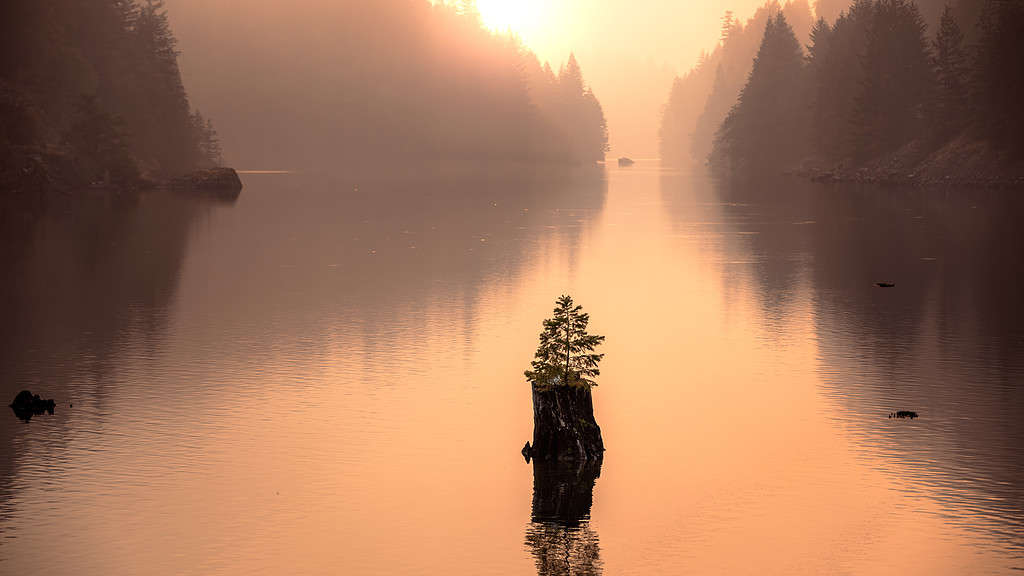The Skagit River, which runs through British Columbia, Canada, and Washington state in the United States, is 150 miles long. It begins in the Canadian Cascades at the Allison Pass in British Columbia. It runs for 150 miles before draining into Puget Sound. The Skagit River is part of the National Wild and Scenic River system and has three tributaries: the Sauk, the Suiattle, and the Cascade River.
Some of its tributaries are popular for whitewater rafting. The Sauk River and Suiattle River are both great spots, although not always great for beginners. Some sections of the Skagit and its tributaries pass through privately-owned land while others are accessible to the public. The Mt. Baker-Snoqualmie National Forest is the perfect place to go if you want to access the upper portion of the Skagit’s tributaries as well as some truly spectacular natural sites. The lower portions of the Skagit are known for fishing. Wildlife flourishes all along the river, making it one of the most important parts of the ecosystem in this region.
Where Is the Skagit River?

The Skagit River passes through North Cascades National Park in the Pacific Northwest region.
©Michael Jagla/iStock via Getty Images
The Skagit River crosses through parts of British Columbia and Washington state. It travels west until it reaches Puget Sound. Some of its tributaries start in the Mt. Baker-Snoqualmie National Forest, which is just south of the North Cascades National Park where the Skagit begins. The entire river system watershed covers around 3,100 square miles.
Animals Near the Skagit River

The Skagit River is a top spot for wintering populations of bald eagles.
©Wirestock/ via Getty Images
One of the most important and majestic species near the Skagit River is the bald eagle. There is a large population of bald eagles that winter on its shores each year. People travel from around the world to see the bald eagles in this area of the United States. The Skagit Eagle Festival celebrates the arrival of the migratory populations each year. There is an interpretive center in Howard Miller Steelhead Park to educate the public about the eagles and why they return to this area. Efforts to conserve the natural resources needed for the eagles and other animals in the ecosystem are also important during these events.
In addition to eagles, the river is also famous for its populations of salmon and steelhead trout, the state fish of Washington. However, it’s important to note that some portions of the river run through private land. You will need to check accessibility before your fishing trip. You’ll also need to get a state fishing permit. There are some restrictions on the type and number of fish that you can keep, as well as when you can fish for and keep certain species.
The photo featured at the top of this post is © NayaDadara/Shutterstock.com
Thank you for reading! Have some feedback for us? Contact the AZ Animals editorial team.






